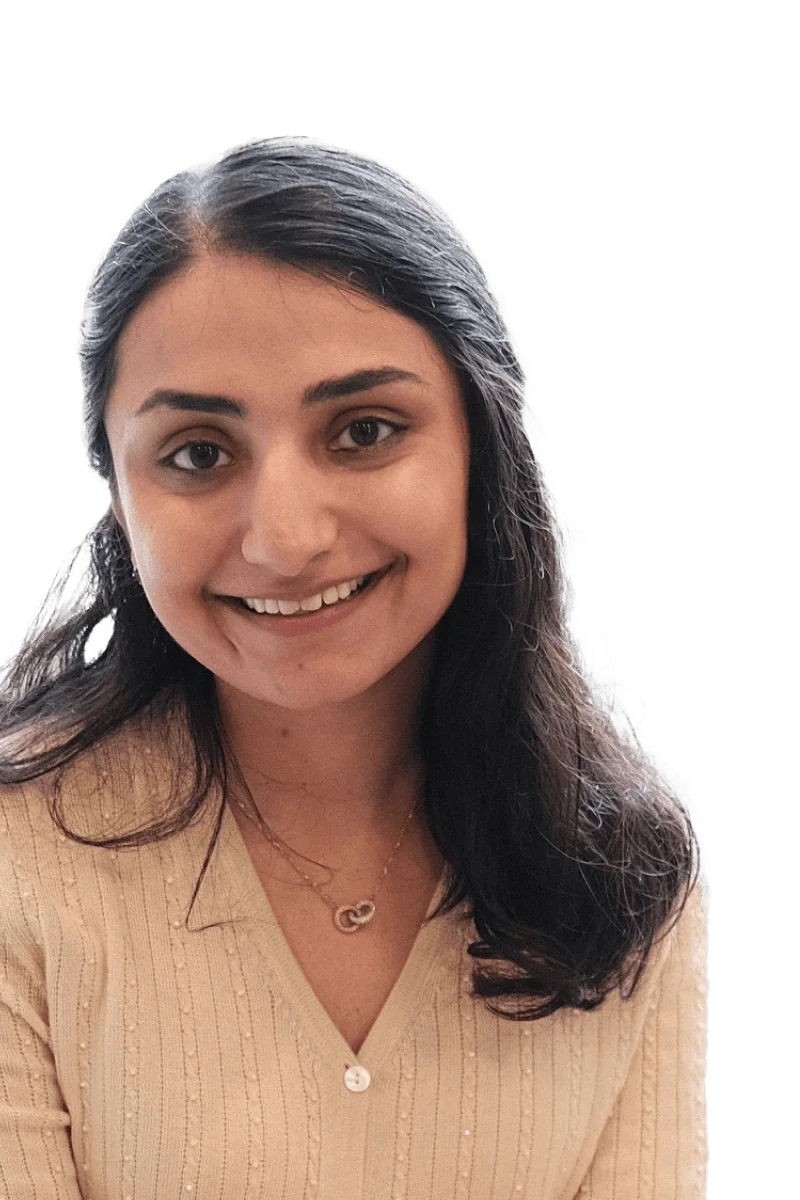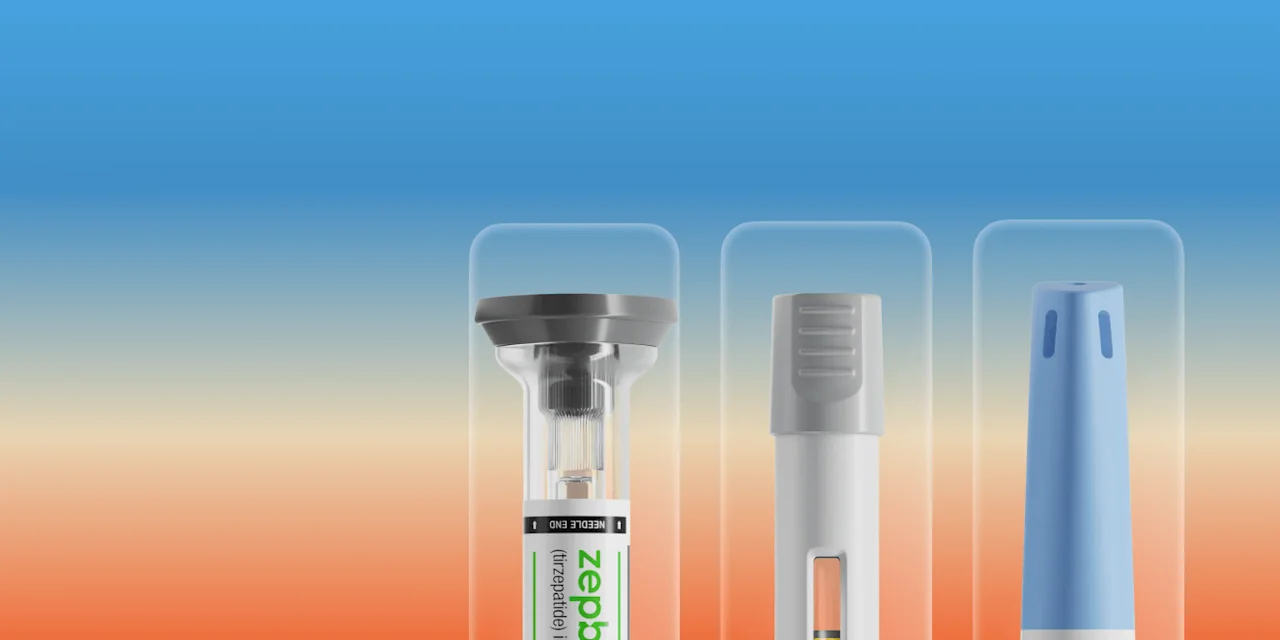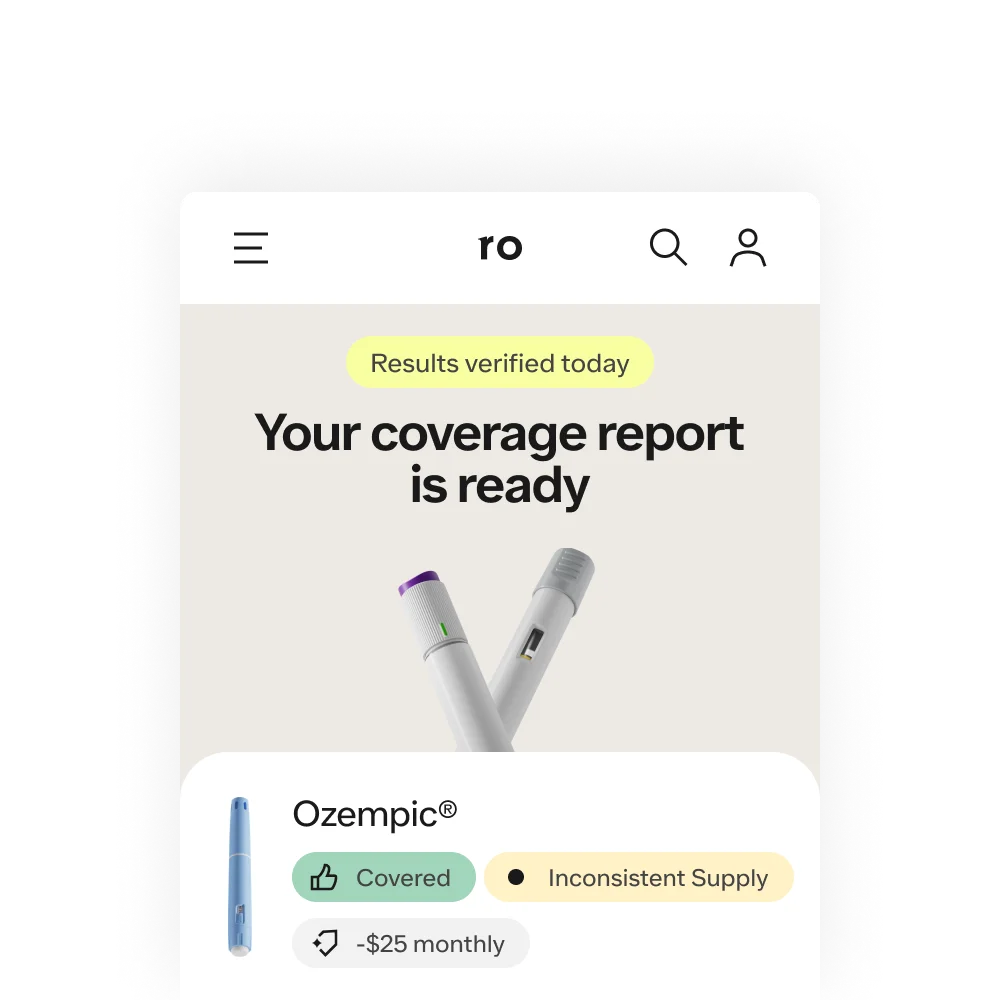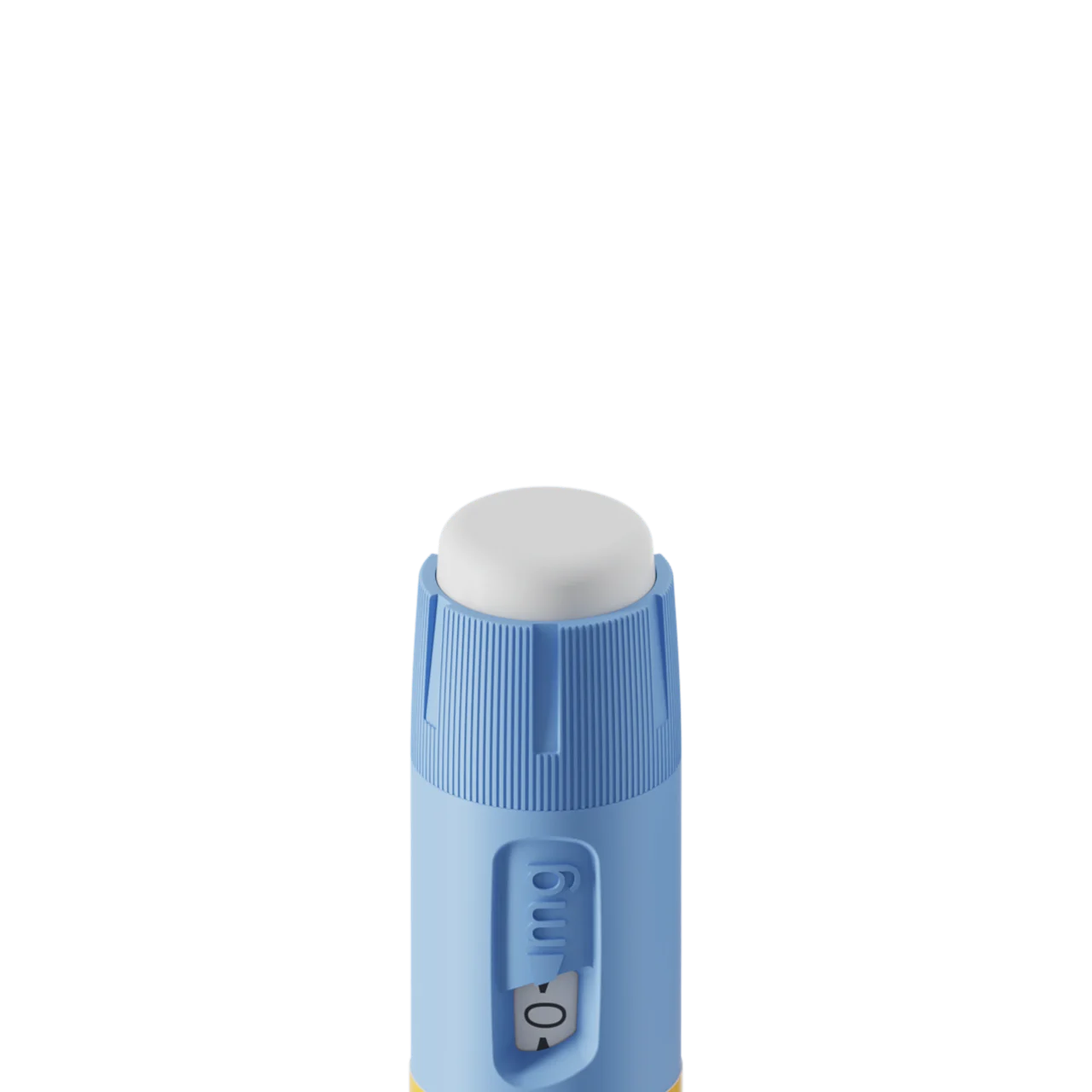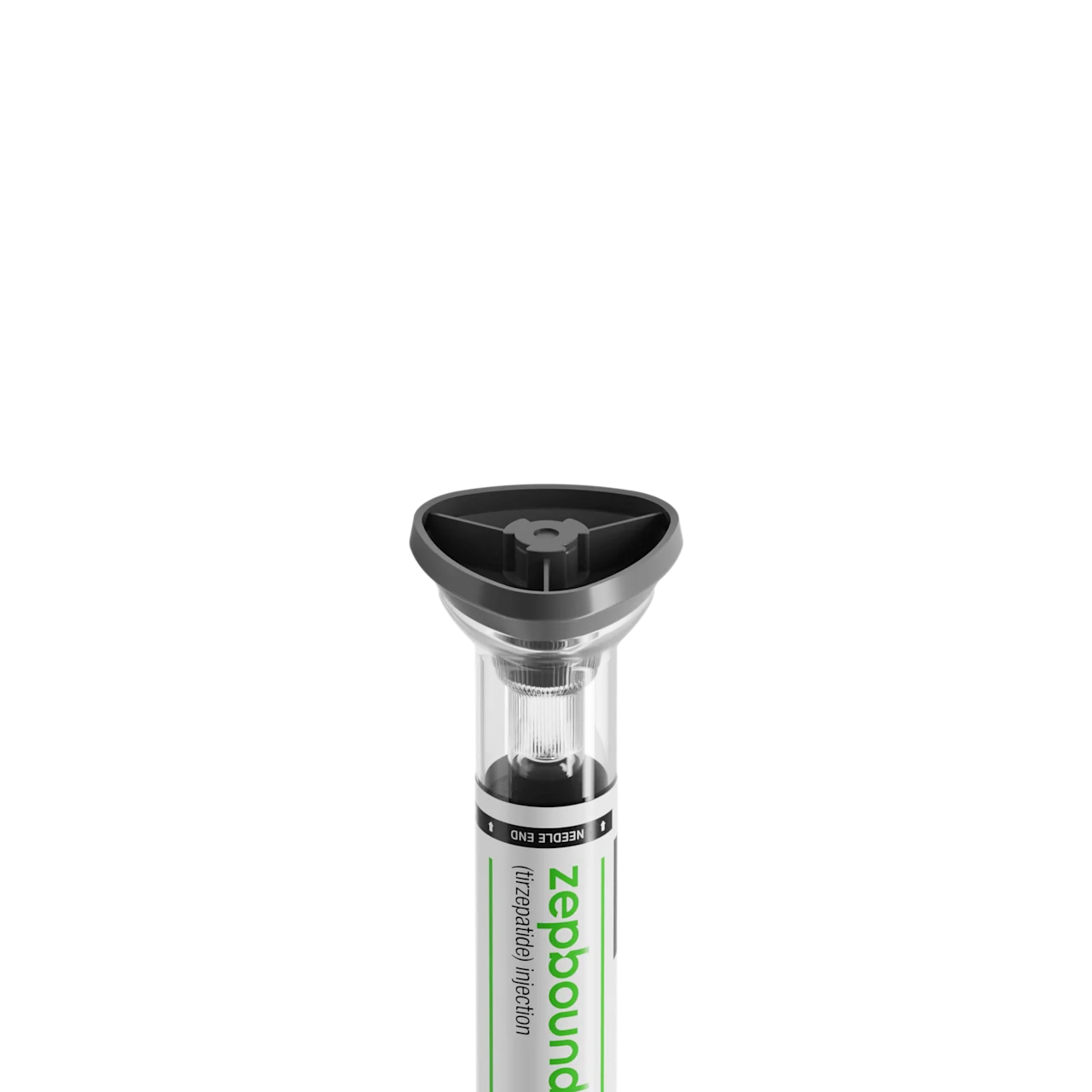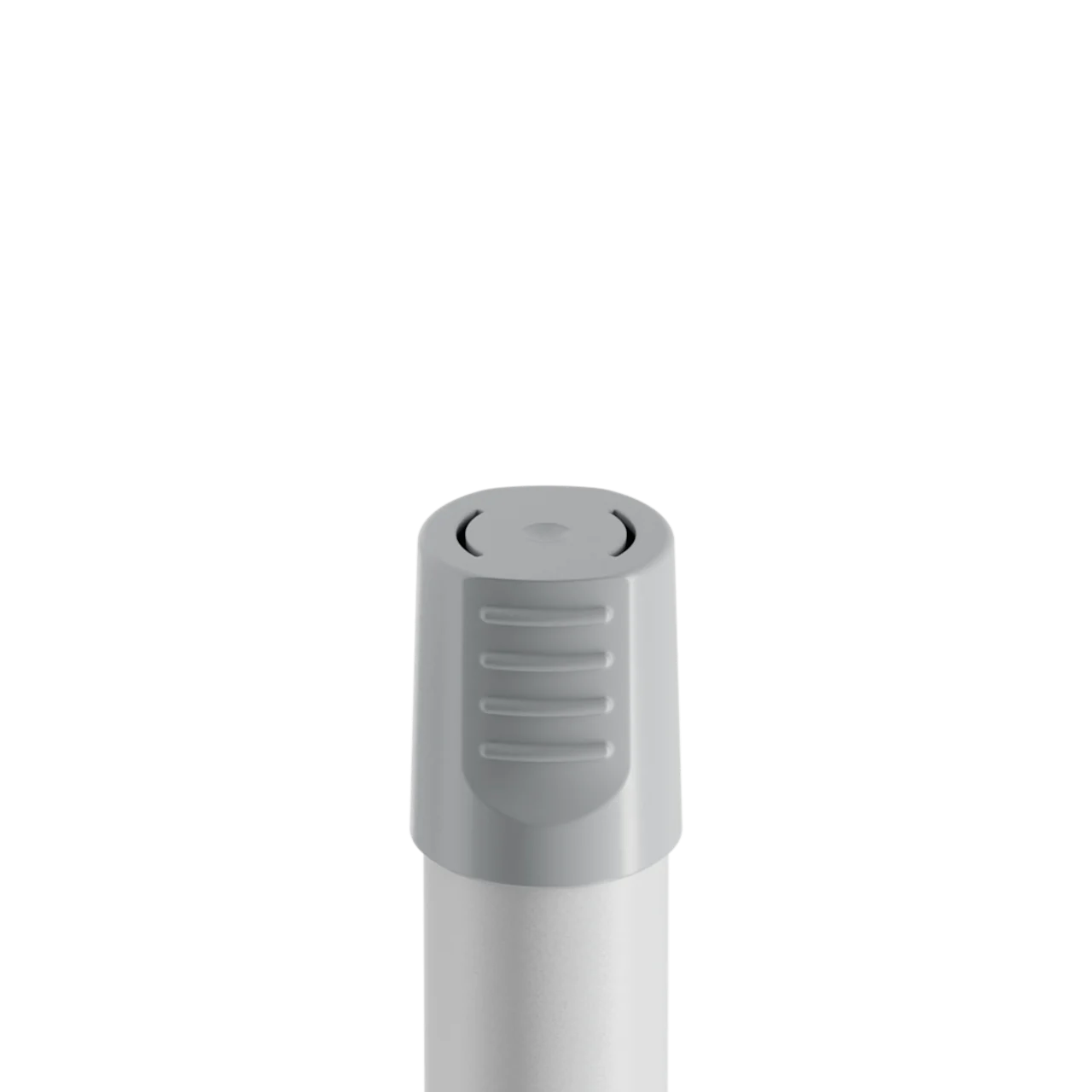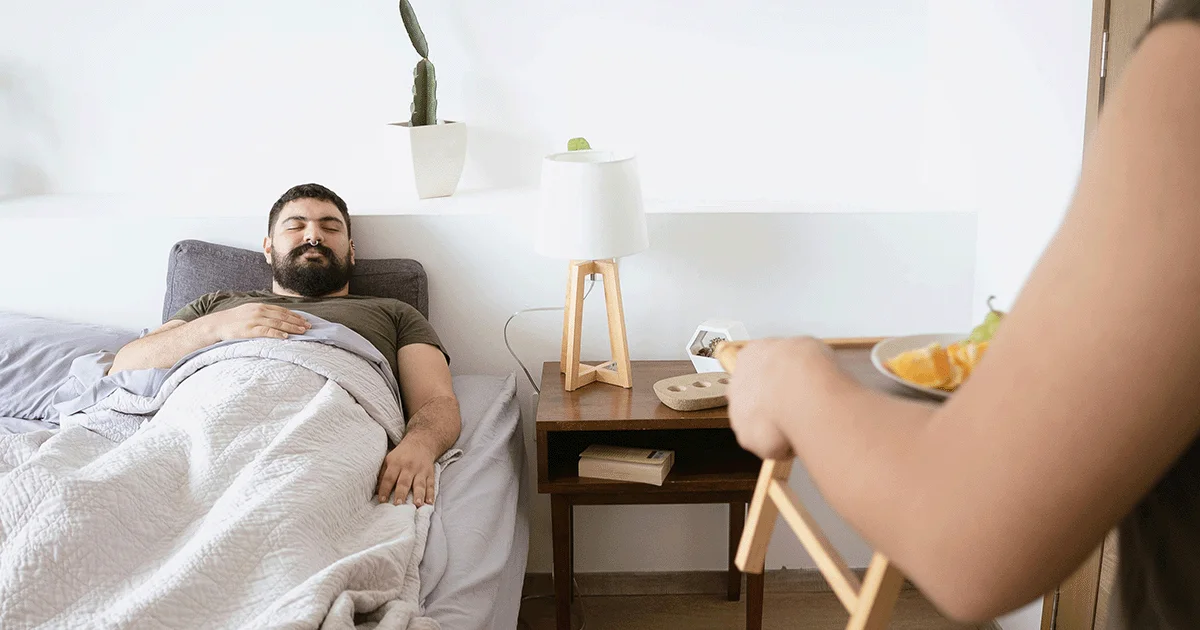Key takeaways
“Ozempic breasts” is a commonly used term for changes in breast size, firmness, and elasticity that can occur with rapid weight loss from Ozempic.
These changes happen as fat and collagen decrease in the breasts, leading to volume loss, sagging, or a deflated appearance.
Some firmness may return over time, but skin elasticity doesn’t always fully rebound, especially after significant or fast weight loss.
Strength training, slower weight loss, and noninvasive treatments can help minimize these effects, while surgical options like a breast lift may restore shape more permanently.
Here's what we'll cover
Key takeaways
“Ozempic breasts” is a commonly used term for changes in breast size, firmness, and elasticity that can occur with rapid weight loss from Ozempic.
These changes happen as fat and collagen decrease in the breasts, leading to volume loss, sagging, or a deflated appearance.
Some firmness may return over time, but skin elasticity doesn’t always fully rebound, especially after significant or fast weight loss.
Strength training, slower weight loss, and noninvasive treatments can help minimize these effects, while surgical options like a breast lift may restore shape more permanently.
“Ozempic breasts” describes the changes in breast size, firmness, and elasticity that can occur with rapid weight loss from GLP-1 medications like Ozempic (semaglutide). While not a medical term, this is a real and increasingly common outcome of Ozempic use. Here’s what causes it, what to expect, and how to manage it.
What are Ozempic breasts?
While “Ozempic breasts” isn’t a clinical term, it’s become a popular phrase to describe breast changes that some people experience while taking glucagon-like peptide-1 receptor agonists (aka GLP-1 medications) like Ozempic or Wegovy.
“Ozempic primarily reduces the size of the breasts and, in some cases, can change their shape or firmness,” says Ari Hoschander, MD, a board-certified plastic surgeon. “These changes are not due to the medication directly targeting breast tissue, but rather because of the rapid weight loss that happens [with] it.”
How long these breast changes last can vary, but it’s common to experience a decrease in breast size throughout a period of rapid weight loss, Dr. Hoschander says.
However, research suggests that changes in body mass — including breast tissue — can partially reverse if you stop the medication and start to regain weight. Of course, even if you gain weight, your breasts may not regain their original appearance.
Are Ozempic breasts real?
Yes, “Ozempic breasts” are real in the sense that many people taking Ozempic and other GLP-1 medications notice visible changes in their breasts, Dr. Hoschander says. These changes aren’t caused by the medication acting directly on breast tissue but by the whole-body fat loss it triggers. Because breasts are largely made up of fat, losing weight can naturally lead to a smaller, less firm, or looser appearance of the breasts.
While the degree of change varies from person to person, Dr. Hoschander says it’s a normal part of how the body adjusts as fat stores decrease.
Ozempic breasts causes
While Ozempic doesn’t specifically target breast tissue, the medication does alter overall body composition. Here’s what experts say contributes most to changes in the breasts while taking Ozempic.
1. Rapid weight loss
Ozempic works by slowing digestion and reducing appetite, Dr. Hoschander says. This often leads to faster and more significant weight loss than diet and exercise alone.
In clinical trials, people without type 2 diabetes taking 2.4 mg weekly of semaglutide (the highest dose of the active ingredient in Ozempic and Wegovy) lost an average of 14.9% of their body weight over 68 weeks, compared to just 2.4% with a placebo.
The weight loss effects of Ozempic aren’t limited to specific body parts. As you lose weight, you lose it everywhere — that’s why you may also hear terms like “Ozempic face” and “Ozempic butt.”
2. Loss of fat tissue
Research has found that Ozempic tends to reduce fat mass more than muscle mass. Because breast tissue is mostly fat, losing body fat often means losing volume in the breasts, explains Absalon Gutierrez, MD, an associate professor of endocrinology, diabetes, and metabolism at UTHealth Houston.
“I often see patients who are surprised by how dramatically their breasts have changed in both volume and position after using GLP-1s,” Dr. Hoschander says. “This can be one of the most obvious and visible signs of GLP-1 weight loss for many women.”
3. Skin elasticity changes
Skin doesn’t always tighten at the same rate as fat loss. It can take time for the skin to catch up to fat loss (and sometimes it doesn’t fully rebound). “This can lead to the appearance of breast sagging and downward-facing nipples,” Dr. Gutierrez says.
Here’s why this happens:
Collagen and elastin, the proteins that keep skin firm, can weaken with age or rapid weight loss.
Faster fat loss gives the skin less time to adjust.
External factors like sun exposure, smoking, and poor diet further reduce elasticity.
That’s especially true as we age, since collagen and elastin production naturally decline over time, making it harder for skin to bounce back.
4. Hormonal shifts
Fat cells produce and store hormones like estrogen, which help regulate breast tissue, Dr. Hoschander says. When you lose fat, estrogen levels can drop, and those hormonal changes may cause breast pain or tenderness, Dr. Gutierrez adds.
GLP-1 medications like Ozempic also affect metabolic hormones. They mimic the body’s natural hormone, glucagon-like peptide-1 (GLP-1), to help regulate:
Appetite
Blood sugar
Insulin secretion
Together, these effects contribute to whole-body fat loss, including fat loss in breast tissue.
How to avoid Ozempic breasts
“Completely preventing breast changes during weight loss is not always possible, especially if the patient is losing weight really quickly,” Dr. Hoschander says. That’s because weight loss naturally affects fat stores throughout the body, including in the breasts, he adds.
But certain strategies may help you avoid or slow breast changes as your body adjusts to Ozempic, including:
Prioritizing strength training
Slowing the pace of weight loss (when possible)
Supporting your skin health
Let’s take a closer look at these strategies.
Strength training
Ozempic breasts can occur when you lose fat faster than your body can rebuild supportive tissue, Dr. Gutierrez says. Strength training helps counteract this by maintaining muscle and improving the appearance of the chest.
“I usually advise patients to combine Ozempic with strength training exercises to maintain the underlying support structure of the breasts,” Dr. Hoschander says. He recommends movements that target the pectoral muscles, like:
Push-ups
Chest presses
Chest flies
Slower pace of weight loss
“If weight loss happens too quickly, the skin may not have enough time to bounce back, which can lead to sagging or a deflated appearance,” Dr. Hoschander says. But a slower, steadier pace allows more time for your skin to adapt.
If you’re losing weight faster than expected, talk to your healthcare provider about making small adjustments to slow down the pace of weight loss and protect your skin’s elasticity, such as:
Lowering your Ozempic dose
Adjusting your treatment plan
Combining medication with lifestyle changes for gradual results
Proactive skincare
Healthy, elastic skin is better able to adapt to body changes during weight loss. You can support your skin by:
Eating a nutrient-rich diet with protein, vitamins C and E, and omega-3 fats
Avoiding sun damage
Certain skincare ingredients can also help your skin stay supple and better adapt to weight changes, including:
Retinoids (to boost collagen)
Hyaluronic acid (to plump and hydrate)
Peptides (to improve texture and firmness)
Treatment options for Ozempic breasts
If you wind up with an unwanted change in breast appearance from rapid weight loss on Ozempic, there are at-home and cosmetic treatments available to address changes in breast size, shape, and firmness, Dr. Hoschander says.
These management options generally fall into two categories: at-home care to support your body’s natural recovery and in-office procedures for more lasting results.
At-home care options include:
Supportive bras
Skincare
Healthy habits like hydration and a nutrient-rich diet
Procedures include:
Noninvasive skin tightening treatments
Noninvasive body contouring treatments
Surgical options including breast lift or breast reconstruction
Let’s break them down.
Supportive bras
Wearing a well-fitted, supportive bra can make a big difference in how your breasts look and feel after weight loss, Dr. Gutierrez says. A good bra can lift and shape the breasts, reduce discomfort, and help clothing fit better.
Skin treatments
Keep up that skincare routine, Dr. Gutierrez says. Regularly using skin-supporting ingredients and skin-firming lotions, as well as maintaining a healthy lifestyle, can all enhance long-term skin health.
If your breasts feel looser or sag more than they used to, nonsurgical skin-tightening treatments may also help. Options like radiofrequency, ultrasound therapy, or fractional laser treatments work by stimulating collagen and elastin. While results vary, research suggests these treatments can gradually improve skin firmness and elasticity over time, giving your breasts a bit more of a lifted appearance.
Body contouring
For mild to moderate sagging or leftover fat in certain areas, noninvasive body contouring treatments are another option. Research suggests that techniques like cryolipolysis (aka fat freezing), high-intensity focused ultrasound, and radiofrequency treatments can help break down fat cells and tighten the skin. Remember that results may vary between individuals.
Surgical options
Dr. Gutierrez says that surgery can be an option if your breasts change a lot after rapid weight loss. While not right for everyone, surgical options offer a more permanent way to restore shape, firmness, and balance.
A breast lift removes extra skin and repositions breast tissue for a more lifted appearance without changing volume.
For those whose breasts remain larger than desired after weight loss, a breast reduction combined with a lift may be an option, Dr. Hoschander adds. Others opt for breast reconstruction surgery, which may use tissue from another part of the body to reshape the breasts.
“If the changes are mostly cosmetic, but you’re feeling emotionally distressed or uncomfortable with how your breasts look or feel, that’s a valid reason to see a board-certified plastic surgeon who specializes in breast surgery,” Dr. Hoschander says.
When to see a healthcare provider about Ozempic breasts
Dr. Hoschander recommends talking to your healthcare provider if:
You notice sudden or unusual changes such as lumps, asymmetry, or skin dimpling, which could signal other conditions like breast cancer or fat necrosis.
The changes affect your comfort or confidence, and you want guidance on supportive or cosmetic options.
You’re considering surgery, like a lift or reduction, to address shape or firmness.
You want to adjust your medication because weight loss feels too fast or the changes are distressing.
Rx weight loss with Ro
Get access to prescription weight loss medication online
Bottom line
Ozempic can cause rapid weight loss, which may alter breast size, shape, and firmness. While these changes are common, there are still ways to manage or address them. Here's what to keep in mind:
Breast changes are common with rapid weight loss, which often occurs on Ozempic and other GLP-1 medications. Slimming down in such a short period of time can result in fat loss throughout your body, including in the breasts, which may lead to a reduction in size, firmness, or skin elasticity.
It’s not always possible to completely avoid breast changes, but certain lifestyle habits can help prevent Ozempic breasts. These include targeted strength training, a nutritious diet, adequate hydration, and a skincare routine centered on specific topical treatments like retinoids.
Loose skin or a deflated breast appearance can occur with rapid weight loss, as your skin may not have enough time to adjust to your changing body size. If you're concerned about the speed of your weight loss, talk to your healthcare provider about possibly lowering your Ozempic dose. This could allow your skin more time to adapt.
If you're uncomfortable with any changes you're experiencing, talk to your healthcare provider to help guide your next steps. Nonsurgical body contouring treatments or breast surgery may provide more balance, shape, and firmness for those with significant breast changes.
Frequently asked questions (FAQs)
Does Ozempic affect estrogen?
While Ozempic does not directly impact estrogen levels, significant weight loss — such as that which often occurs on Ozempic — can affect estrogen, according to Dr. Hoschander. “Fat cells produce estrogen, especially in post-menopausal women,” he says. “So, as you lose fat, your overall estrogen levels may drop.
Will my boobs get smaller if I lose weight?
Yes, breast size often decreases with weight loss. “Breast tissue is partially fat, and as that fat is reduced, the overall breast volume goes down,” Dr. Hoschander says. Exactly how much breast fat you lose varies from person to person.
Does Ozempic change body shape?
Ozempic can lead to significant weight loss, which can alter your overall body shape. However, the medication does not directly reshape the body, but rather facilitates weight loss that can affect your body's proportions.
What do Ozempic breasts look like?
People describe “Ozempic breasts” as smaller, less firm, or lower on the chest than before starting the medication, Dr. Hoschander says. Some also notice looser skin or a slightly deflated appearance due to fat loss and reduced skin elasticity.
Can Ozempic cause sagging breasts?
Yes. Rapid weight loss from Ozempic can lead to sagging or drooping because the skin doesn’t always tighten as quickly as fat is lost, Dr. Guttierez says. This is a normal response to significant weight change and not a sign of a medical problem.
Can breast changes be reversed naturally?
Some firmness may return over time, especially if weight stabilizes or you build muscle through strength training, Dr. Hoschander says. However, loose skin and volume loss are often only partially reversible without cosmetic treatment.
Do implants or a lift fix Ozempic-related breast changes?
Yes, a breast lift can tighten and reshape sagging skin, while implants or fat grafting can restore lost volume, according to Dr. Gutierrez. For some people, a combination of the two provides the most natural and balanced result, Dr. Hoschander says.
DISCLAIMER
If you have any medical questions or concerns, please talk to your healthcare provider. The articles on Health Guide are underpinned by peer-reviewed research and information drawn from medical societies and governmental agencies. However, they are not a substitute for professional medical advice, diagnosis, or treatment.
Ozempic Important Safety Information: Read more about serious warnings and safety info.
Wegovy Important Safety Information: Read more about serious warnings and safety info.
GLP-1 Important Safety Information: Read more about serious warnings and safety info.
References
Ahmed, I. A. & Mikail, M. A. (2024). Diet and skin health: The good and the bad. Nutrition (Burbank, Los Angeles County, Calif.), 119, 112350. doi:10.1016/j.nut.2023.112350. Retrieved from https://pubmed.ncbi.nlm.nih.gov/38232577/
Colicchia, G. M., Di Pietro, V., & Cervelli, V. (2019). Mastoplasty after massive weight loss: redefinition and stabilization of the breast mound with submuscular autoprosthesis. Journal of Cutaneous and Aesthetic Surgery, 12(3), 164–173. doi:10.4103/JCAS.JCAS_48_18. Retrieved from https://pmc.ncbi.nlm.nih.gov/articles/PMC6785963/
Collins, L. & Costello, R. A. (2024). Glucagon-like peptide-1 receptor agonists. StatPearls. Retrieved from https://www.ncbi.nlm.nih.gov/books/NBK551568/
Haykal, D., Hersant, B., Cartier, H., & Meningaud, J. P. (2025). The role of GLP-1 agonists in esthetic medicine: exploring the impact of semaglutide on body contouring and skin health. Journal of Cosmetic Dermatology, 24(2), e16716. doi:10.1111/jocd.16716. Retrieved from https://pmc.ncbi.nlm.nih.gov/articles/PMC11845967/
Hilton, H. N., Clarke, C. L., & Graham, J. D. (2018). Estrogen and progesterone signalling in the normal breast and its implications for cancer development. Molecular and Cellular Endocrinology, 466, 2–14. doi:10.1016/j.mce.2017.08.011. Retrieved from https://www.sciencedirect.com/science/article/abs/pii/S0303720717304331
Michalak, M., Pierzak, M., Kręcisz, B., & Suliga, E. (2021). Bioactive compounds for skin health: a review. Nutrients, 13(1), 203. doi:10.3390/nu13010203. Retrieved from https://pmc.ncbi.nlm.nih.gov/articles/PMC7827176/
Oizumi, R., Sugimoto, Y., & Aibara, H. (2024). The potential of exercise on lifestyle and skin function: narrative review. JMIR Dermatology, 7, e51962. doi:10.2196/51962. Retrieved from https://pmc.ncbi.nlm.nih.gov/articles/PMC10979338/
Rittié, L. & Fisher, G. J. (2015). Natural and sun-induced aging of human skin. Cold Spring Harbor perspectives in medicine, 5(1), a015370. doi:10.1101/cshperspect.a015370. Retrieved from https://pmc.ncbi.nlm.nih.gov/articles/PMC4292080/
Sami, K., Elshahat, A., Moussa, M., et al. (2015). Image analyzer study of the skin in patients with morbid obesity and massive weight loss. Eplasty, 15, e4. Retrieved from https://pmc.ncbi.nlm.nih.gov/articles/PMC4311578
Solstad, T. E., Andersen, V., Shaw, M., et al. (2020). A comparison of muscle activation between barbell bench press and dumbbell flyes in resistance-trained males. Journal of Sports Science & Medicine, 19(4), 645–651. Retrieved from https://pmc.ncbi.nlm.nih.gov/articles/PMC7675616/
Toomey, A. E. & Cape, J. D. (2024). Mastopexy (Breast Lift). StatPearls. Retrieved from https://www.ncbi.nlm.nih.gov/sites/books/NBK610682/
U.S. Food and Drug Administration. (2017). OZEMPIC (semaglutide) injection, for subcutaneous use. Retrieved from https://www.accessdata.fda.gov/drugsatfda_docs/label/2023/209637s020s021lbl.pdf
Wilding, J. P. H., Batterham, R. L., Calanna, S., et al. (2021). Once-weekly semaglutide in adults with overweight or obesity. The New England Journal of Medicine, 384(11), 989–1002. doi:10.1056/NEJMoa2032183. Retrieved from https://pubmed.ncbi.nlm.nih.gov/33567185/
Wilding, J. P. H., Batterham, R. L., Davies, M., et al. (2022). Weight regain and cardiometabolic effects after withdrawal of semaglutide: The STEP 1 trial extension. Diabetes, Obesity & Metabolism, 24(8), 1553–1564. doi:10.1111/dom.14725. Retrieved from https://pubmed.ncbi.nlm.nih.gov/35441470/

